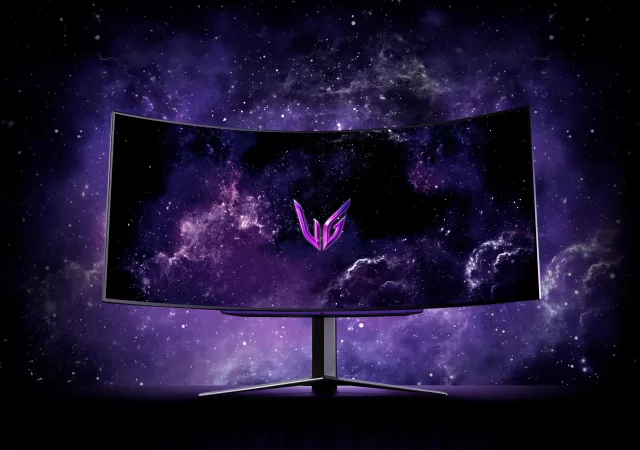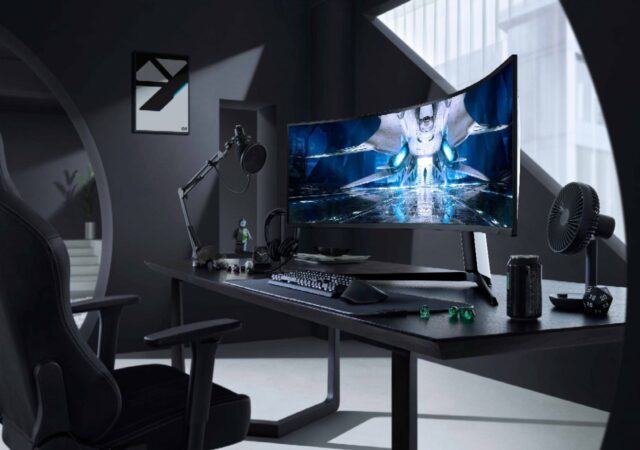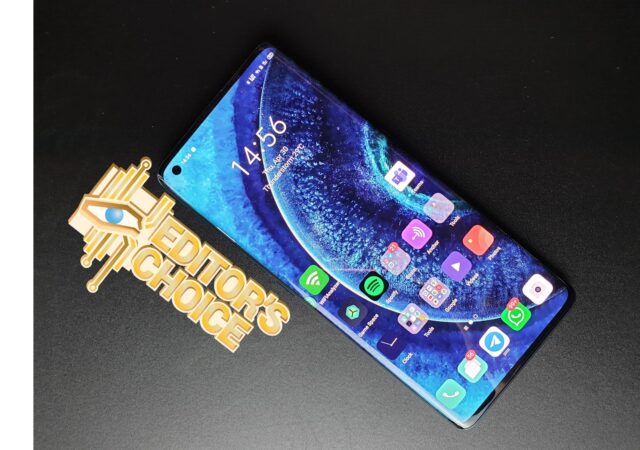LG unveils their latest CES 2023 showcase gear, the UltraGear 27-inch and 45-inch gaming monitors equipped with 240Hz OLED panels.
Samsung Launches the Odyssey Neo G9 – The Future of Gaming by Samsung is Here
Samsung launches their new Odyssey Neo G9 gaming monitor with state-of-the-art Quantum Mini LED technology at Dual QHD and 240Hz.
The OPPO Find X2 In-Depth Review – Ticking All the Right Boxes
The OPPO Find X2 is a fine flagship smartphone that ticks all the right boxes in the flagship segment for MYR 3,999. Is it worth it though?





